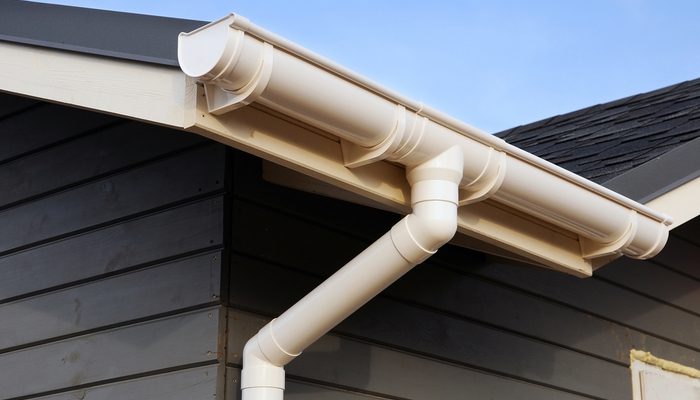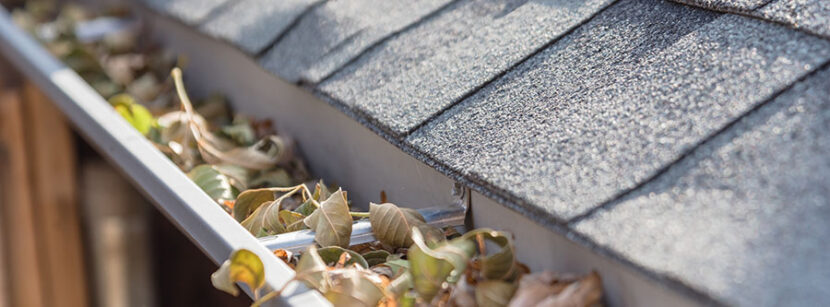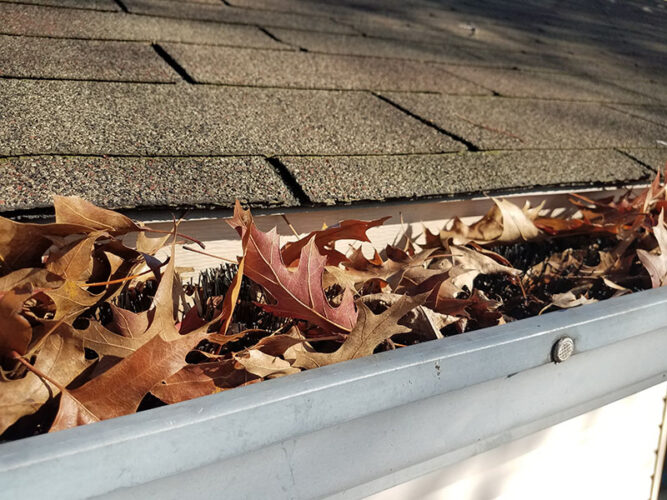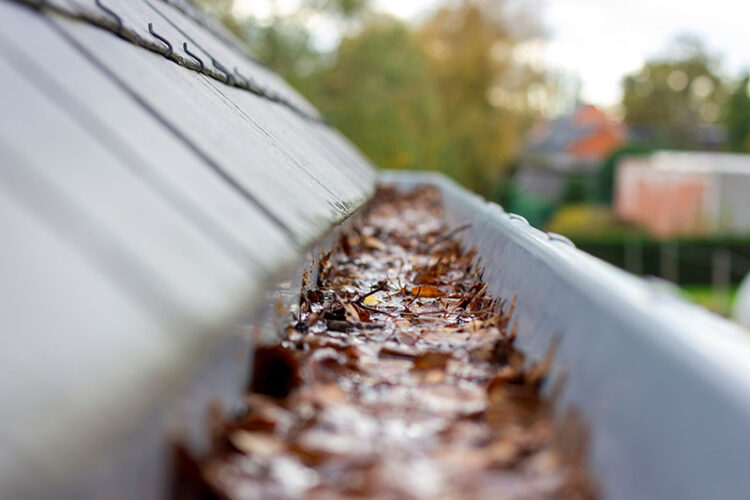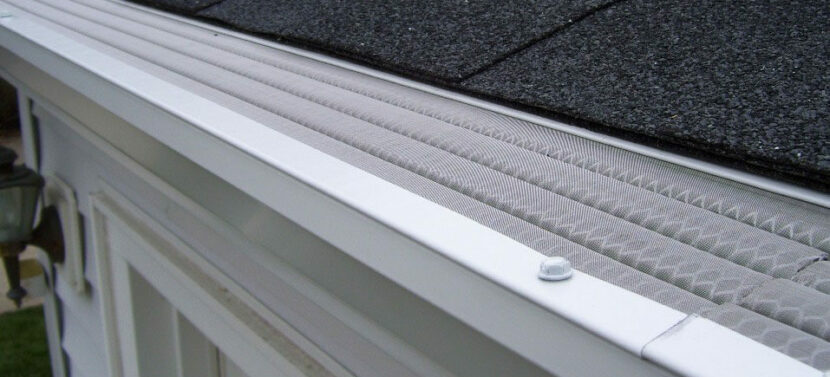5 Warning Signs You Need New Gutters
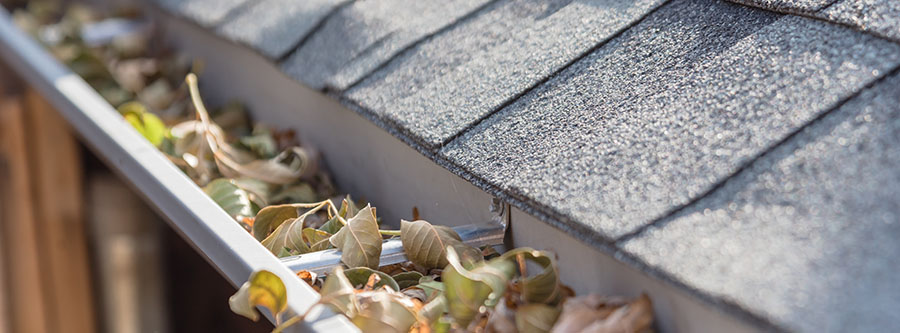
Your gutters might not be the most glamorous feature on your property, but without them, your architectural beauty will quickly deteriorate. They’re crucial to your structural integrity, guiding water along your roofline and away from your foundation and siding. Without this safe passage, a continuous slew of water will penetrate your structure, erode your soil, and create nests of moisture-riddled, rotting foliage.
Pests love to infest these tiny, damp biomes, so an infestation is often swift to follow. As with any household feature, however, gutters don’t last forever. In time, they’ll sag, crack, and detach from your home. The average gutter has a life expectancy of two decades. Let’s find out if it’s time for a new installation.
1. Visible damage: cracks and splits
Gutter cracks are often caused by debris buildup that traps standing water. Over time, pooling will place pressure on your gutters which leads to wear. In winter the destruction can be even more catastrophic. Ice dams will form, leading to severe cracks.
How to identify cracks and splits in your gutters
Even small splits can yield destruction, but they aren’t always obvious upon visual inspection. You can expose invisible damage by performing a water flow test. Simply run water through your gutters and watch for signs of leakage.
The impact of damage on gutter performance
Water is a highly corrosive force. It often carries microscopic hydrocarbons like lead, so cracks don’t just expose your home to moisture damage. They also expose it to corrosive substances that can damage metal siding and destroy your paint. Cracks can trap foliage and allow water to leak over your siding. Ultimately, this will allow water to penetrate your foundation.
When to consider replacement versus a repair
A few localized cracks are easily repaired, but if the damage is extensive, it means the gutters themselves are failing.
Get a Free Estimate Today
50% off installation. Special financing available. See details.
2. Signs of rust and corrosion
Ocher and orange spots are sure signs of rust, but not all corrosion is visible to the naked eye. If you see patches of darkened metal or peeling paint, you probably have underlying rust. Corrosion can also cause pitting and cracks along the gutter seams.
Understanding rust formation and its implications
Rust is an ocher-hued compound that occurs when iron reacts with oxygen and water, forming the iron oxide commonly known as corrosion. It’s the kryptonite of the gutter world, weakening your metal and ultimately leading to a fragile, leaking system. Your gutters can only achieve their best lifespan without rust. It causes rapid deterioration and weakness, which leads to premature failure.
How to prevent rust and improve gutter lifespan
Regular gutter cleaning is your first barrier against rust. It prevents leaves and other debris from blocking the passage of water, allowing your gutters to dry before corrosion takes hold. Gutter guards are an excellent preventative measure, but a protective coating can bolster your defense mechanism.
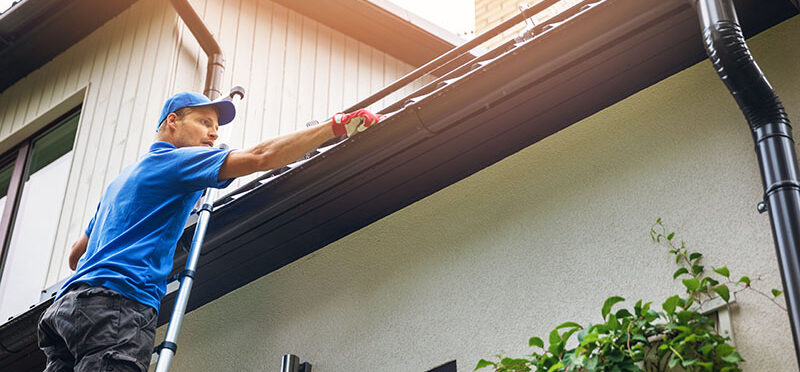
3. Water accumulation and pooling
Water accumulation is more destructive than you might think. In summer, pooling stresses the gutter walls. In winter, that pooling turns into ice dams that expand and contract until your structure splits.
How to assess standing water around your home
The easiest way to spot pooling is by allowing Mother Nature to point the way. Wait for a rain event, then perform a visual inspection of your gutters for signs of overflow. Visible pools are the most obvious symptom, but you can also identify pooling through vertical siding stains, sagging gutters, and erosion around your foundation.
Consequences of water pooling near foundations
Pooling water causes your soil to expand and contract. Given enough time, that movement is so powerful it exerts pressure on the foundation itself. Ultimately, you might be unlucky enough to develop absolute structural failure.
The importance of proper drainage systems
Your drainage system protects your property from several water-related challenges, but the worst of them is a slab leak that penetrates your joints, masonry, and concrete. Your downspouts also retain your home’s cosmetic and economic value while preventing mildew and mold.
4. Gutters pulling away or sagging
Gutter sagging is usually caused by debris buildup and blockages, but improper installation and age are equally destructive. If your system is badly designed, poor pitch can lead to damaged gutter hangers and rust. You can expect the same consequences if your gutters are inadequately sized for your water flow volume.
It’s easy enough to identify obvious gutter sagging, but if the problem is still in its early stages, you can look for pooling around your foundation. Rotting fascia and loose fasteners are two more signs.
How to determine if replacement is necessary
Minor sagging is often caused by easily replaced brackets and other hardware. If the problem is caused by major structural damage, however, you might need to start saving up for a replacement. Sags can compromise your home’s structural integrity and lead to the accumulation of debris.
5. Interior water damage indicators
You probably know your gutters defend your home’s exterior, but they also prevent water from intruding through your ceiling and seeping through your floors. Watch out for water stains on your ceiling and walls. A rising leak is another red flag, so look for cracked tiles and walls. Mold often accompanies gutter failure, so keep an eye out for black and green stains. They might be hiding more damage than you think.
Steps to take if you notice water damage
If you spot signs of leakage, look for the source from ground level. If it’s safe to do so, remove obvious gutter blockages so that they can begin the drying process. Document the damage for your insurance provider before placing protective tarps where necessary. You might also need to board up your windows and doors before calling Hansons for a free estimate.
Without working gutters, your entire home is at risk. Minor failures quickly become catastrophic, so the earlier you act, the better. If you spot water where it doesn’t belong, your drainage system might be to blame.
Need help with a gutter project? Schedule a free estimate with here.

